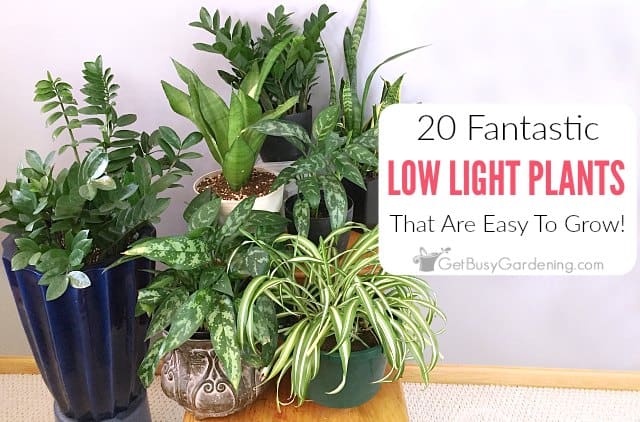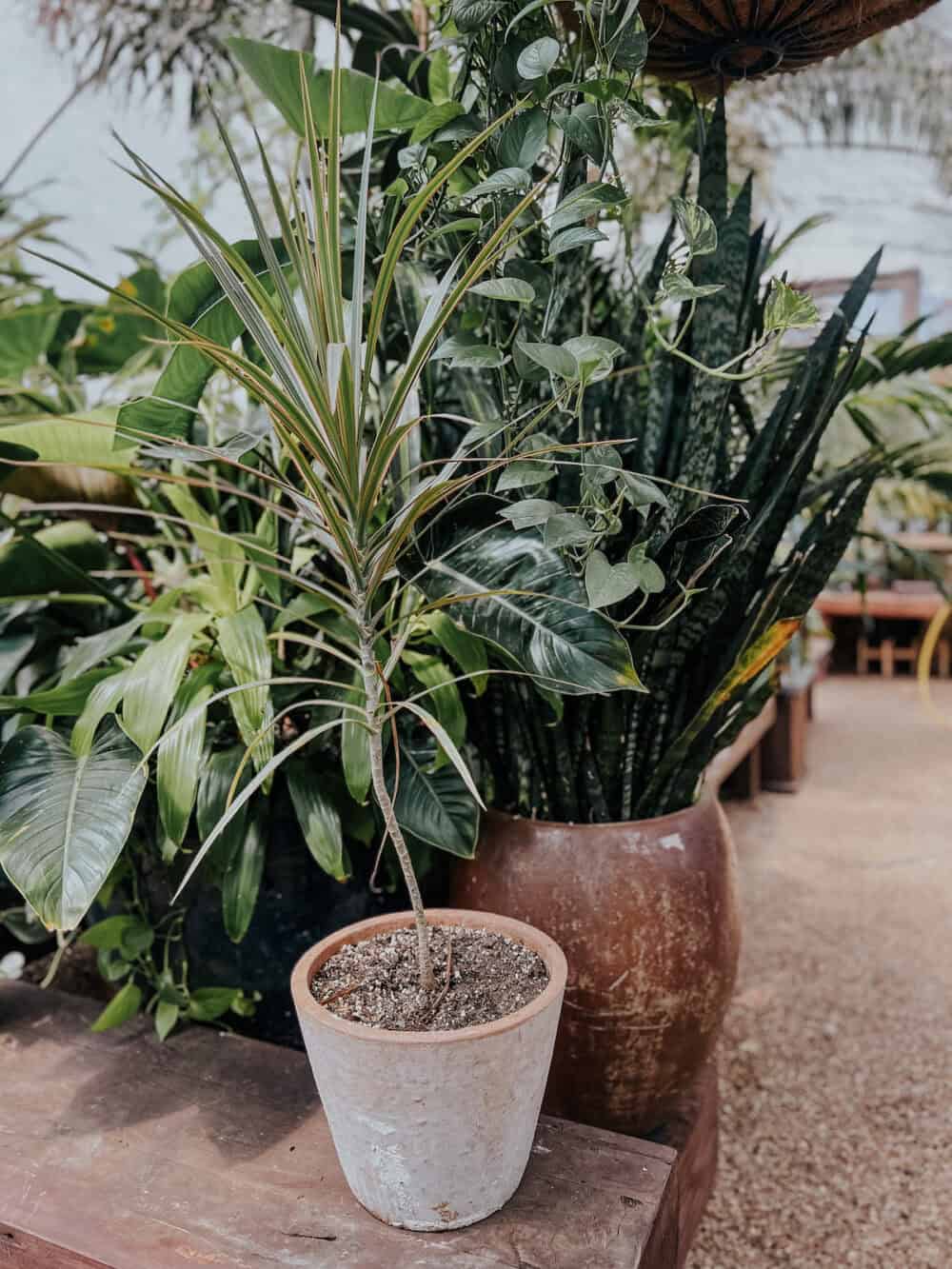The Best Low-Light Indoor Plants You Can Grow Without Natural Light
The Best Low-Light Indoor Plants You Can Grow Without Natural Light
Blog Article
Reveal the Secrets of Low-Light Indoor Plants and Exactly How They Boost Your Environment
Low-light indoor plants have actually amassed raising focus for their special capability to improve both aesthetic charm and ecological top quality within work environments and homes. These resilient varieties, consisting of the Snake Plant and Peace Lily, not just grow in tough lighting problems however additionally play a pivotal role in air purification and emotional wellness. Recognizing the specific benefits and treatment needs of these plants can significantly impact your living space. As we explore the complexities of their advantages, you might find insights that might change your surroundings in unanticipated ways.
Benefits of Low-Light Indoor Plants
Although many individuals think that indoor plants require plentiful sunshine to thrive, low-light interior plants offer a multitude of benefits that make them ideal for different environments. One of the primary benefits is their adaptability; they can grow precede with restricted natural light, such as offices, basements, or areas with small home windows. This function allows people to boost their environments with plant, adding to boosted aesthetic appeals without the need for substantial lighting modifications.
Additionally, low-light indoor plants can significantly enhance interior air high quality by launching and filtering system dangerous contaminants oxygen, making living rooms healthier. The presence of plants has been linked to higher feelings of serenity and emphasis.
Furthermore, low-light plants often require less upkeep than their sun-loving counterparts, making them perfect for hectic people or those new to horticulture. Their durability enables them to love marginal intervention, therefore offering a fulfilling experience for plant lovers and novices alike. In summary, low-light indoor plants offer both aesthetic and practical functions, making them useful enhancements to any kind of area.
Leading Low-Light Plant Ranges
Low-light indoor plants come in a variety of species, each offering special characteristics and benefits suited for dark settings. Among the most prominent varieties is the Serpent Plant (Sansevieria), known for its air-purifying capabilities and architectural fallen leaves. This resistant plant prospers on overlook and can endure a large variety of light problems.
An additional excellent selection is the ZZ Plant (Zamioculcas zamiifolia), which includes shiny, dark green fallen leaves and is very drought-tolerant. Its adaptability makes it a preferred for offices and homes with limited sunlight.
The Pothos (Epipremnum aureum) is also a leading competitor, with its trailing vines and heart-shaped fallen leaves - Best low-light indoor plants. This versatile plant can be trained to climb or cascade, adding aesthetic rate of interest to any type of area

Treatment Tips for Low-Light Plants
Looking after low-light interior plants needs a nuanced understanding of their details demands to make sure optimum growth and vitality. It is essential to pick the right potting mix, as a well-draining dirt is critical to protect against origin rot. A mix made for houseplants, frequently including peat moss and perlite, works well for the majority of low-light selections.
Watering is another vital element of care. Low-light plants typically call for much less frequent watering compared to their sun-loving counterparts.
Fertilization ought to be come close to with care. Throughout the growing period, a diluted liquid plant food can be used monthly, yet in winter season, many low-light plants get in dormancy and call for little to no fertilizing.
Lastly, it's crucial to periodically cleanse the fallen leaves to remove dust, permitting far better light absorption. By adhering to these treatment ideas, you can grow a thriving environment for your low-light interior plants, improving both their look and longevity.
Enhancing Air Quality With Plants
Interior plants play a significant role in enhancing air quality within homes and workplace. Through the procedure of photosynthesis, these plants soak up co2 and launch oxygen, adding to a healthier environment. In addition, particular low-light indoor plants possess the ability to filter Look At This damaging contaminants, such as trichloroethylene, benzene, and formaldehyde, which are commonly located in interior environments.

Additionally, the existence of interior plants can boost moisture levels, which aids minimize completely dry skin and respiratory concerns, even more boosting overall wellness. This capacity to enhance air high quality not just promotes physical health and wellness but likewise sustains mental wellness.
Incorporating low-light interior plants right into your living and working rooms can cause a much more vibrant and stimulating setting (Best low-light indoor plants). Buying click over here these natural air purifiers is a simple yet efficient strategy for improving interior air top quality and cultivating a healthier way of life
Developing a Serene Indoor Space
The integration of plants into living areas not only improves air high quality yet additionally contributes to a serene atmosphere. Low-light indoor plants, such as snake plants and pothos, are specifically reliable in creating a peaceful atmosphere, as they thrive in conditions that might or else be unwelcoming for various other greenery. Their lavish foliage provides a relaxing visual, reducing anxiety and advertising leisure.
Incorporating these plants into your office or home can evoke a feeling of tranquility and health. Purposefully placing them in locations where you spend significant time, such as living work spaces or areas, enables an immersive experience with nature, which has actually been shown to improve state of mind and cognitive feature.
Additionally, the gentle movement of fallen leaves in action to air flow can create a dynamic visual component that improves the total atmosphere. Think about utilizing a variety of plant elevations and appearances to include depth and rate of interest to your area. With thoughtful positioning and care, low-light indoor plants can change any type of location into recommended you read a serene refuge, promoting not just visual contentment however also psychological and psychological health.

Conclusion
Including low-light interior plants right into different atmospheres yields substantial advantages, including improved air high quality and boosted aesthetic appeal. These sturdy types not just prosper in minimal light however also add to a soothing ambience, promoting emotional and emotional wellness. By picking suitable selections and implementing correct care strategies, individuals can efficiently grow a peaceful indoor area that cultivates health and productivity. The transformative power of low-light plants underscores their value in improving both household and work setups.
Although numerous individuals presume that indoor plants need abundant sunshine to thrive, low-light interior plants offer a plethora of benefits that make them perfect for numerous environments.In addition, low-light indoor plants can significantly boost interior air high quality by filtering unsafe toxic substances and releasing oxygen, making living areas healthier. In addition, particular low-light indoor plants possess the ability to filter hazardous pollutants, such as benzene, trichloroethylene, and formaldehyde, which are generally located in interior atmospheres.
Low-light indoor plants, such as serpent plants and pothos, are specifically reliable in producing a serene atmosphere, as they flourish in problems that might otherwise be inhospitable for other greenery.Incorporating low-light indoor plants into different atmospheres returns substantial advantages, including boosted air quality and improved visual appeal.
Report this page